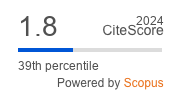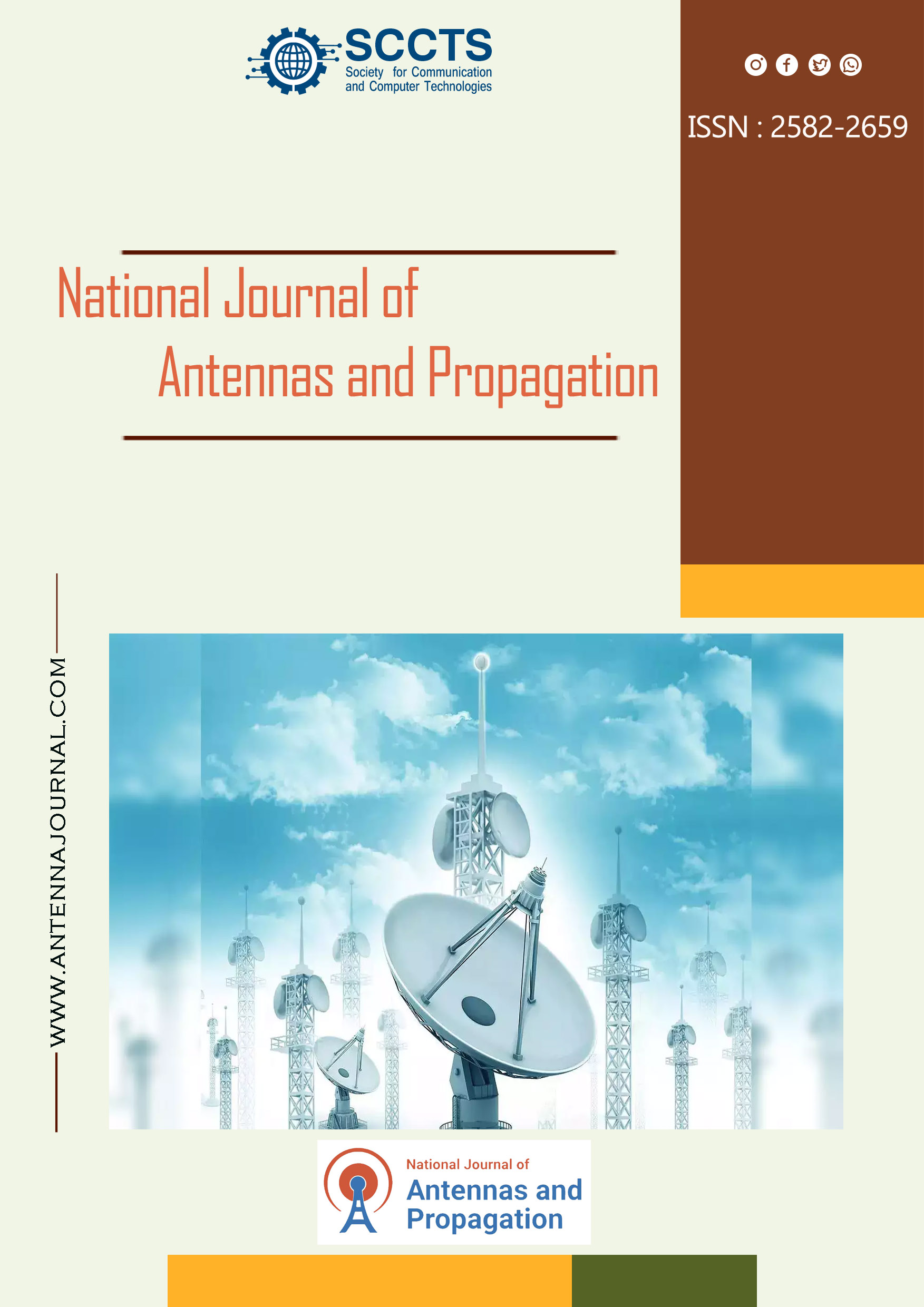Electromagnetic Sensing with AI-Driven Inverse Modeling: Revolutionizing Subsurface andBiomedical Imaging Applications
DOI:
https://doi.org/10.31838/NJAP/07.02.20Keywords:
Electromagnetic Inverse Problem, Subsurface Imaging, Biomedical Diagnostics, Deep Learning, CNN, Material CharacterizationAbstract
Biomedical imaging, like any imaging below the surface, leans heavily on the use of electromagnetic sensing. This method enables imaging through different materials. Also, there is no biological safety concern because of ionizing radiation. Nonetheless, classical inverse EM modeling is still afflicted by severe ill-posedness, excessive noise vulnerability, and high computational costs, particularly in more diverse and intricate areas. The ill-posedness micromodels that survive in EM imaging space are those that are linked with deep learning enabled feature carving as well as physics-supported EM inversion. The framework core is built with convolutional neural networks (CNNs) on the CST studio suite, HFSS, and other full-wave solvers to which the CNNs were trained on large, accurate parameter sets. The CNNs recover the distribution of spatial permittivity and span the supersonic embedded anomalies. The increase in resistance to interference that traditional iterative solvers suffer from within the EM domain is the main conclusion from the experimental data geometric and phantom reconstructions conducted with the straightforward deep learning models. The entire framework is scalable, interpretable, and easily deployable to solve practical problems such as health monitoring and medical imaging, and also infrastructure, geological, and surgical EM surveying. This is the main contribution of the work in this direction.











